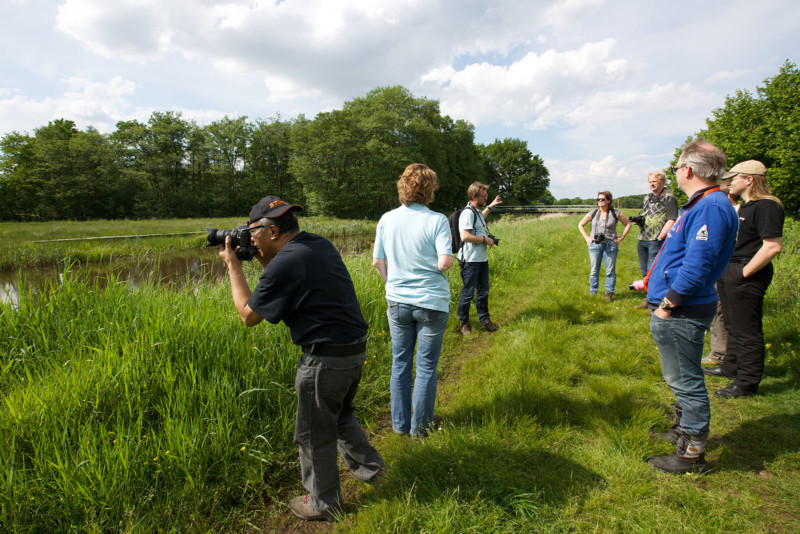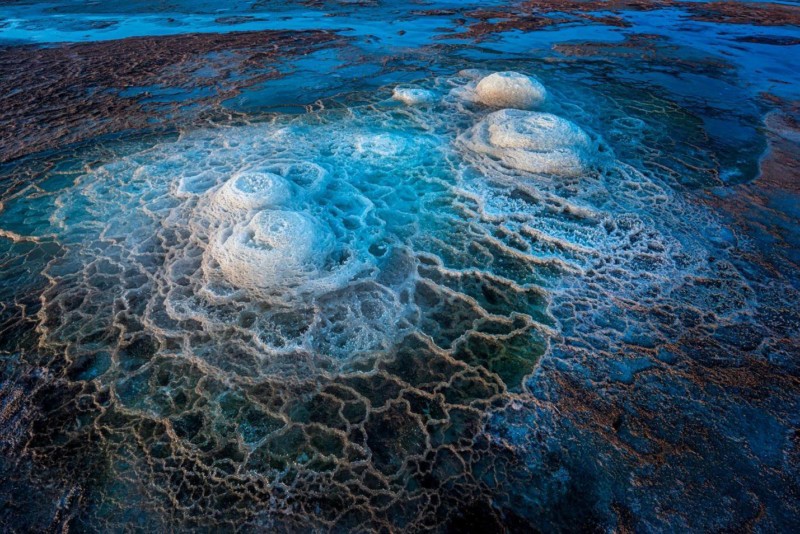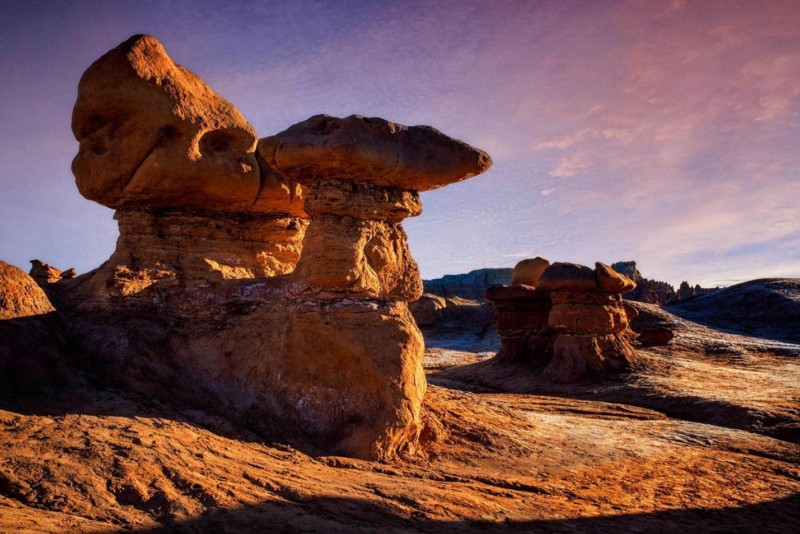
![]()
One of the most hotly debated questions for landscape photographers is how to answer the age-old question, “Where did you shoot that?” While the question is simple enough, whether to answer (and how to answer) is an internal question many shooters contend with in the age of Instagram.
Maybe you have your own, personal response. Or maybe you change up depending on the situation. Regardless, when and how to answer the where is something you should spend some time considering.
The first and most obvious way to respond is to just say where you were for the image. And why wouldn’t you? Helping others get good shots is just being friendly and helpful, right? Well, yes, until you consider that some people are professional landscape photographers.
Where and how they shot an image can be the shooters equivalent of a trade secret. They may have worked long and hard to find the location. Or they may have sat there for hours or days, waiting for the perfect light. Or they may just not want to see knock-offs of their image hitting the market. Some professionals are very open about where and how they shoot, and they give workshops explaining it all (note: this is not altruism; they make money doing that!).

For others, not telling where they shot an image is more conservation than business. While it is easy and somewhat fashionable to blame Instagram for the hordes of “photographers” ripping up photogenic natural locations, this does happen. What should be peaceful and contemplative outdoor vistas like Mesa Arch and Horseshoe Bend are now overrun and heavily impacted by litter and careless footsteps.
Social media gets the blame for this, and many photographers resent the impact of social media. Given that the desert southwest (where I work) and other outdoor locations are at a delicate balance point in nature, sometimes even small amounts of additional foot traffic can have an adverse effect on the ecology of an area.
Landscape photographers (by and large) are aware of this and try to tread lightly; those that are out to collect images for their social media galleries are not as well known for being as careful in the outback (For additional information about socially responsible photography, please see and join the Nature First network.)
What if a location is on private property? I recently found a site that I consider fairly unique. The few people I have shown images of it immediately react, “Where is that?” The site is in a very fragile environment. And the landowner has specifically told me not to let people know where the location is.

There is also a lot to be said for finding an obscure location as a rite of passage. I am sure we have all had mentors and learned a lot from them. To me, the best ones didn’t just answer our questions but made us work to learn our lessons… and those are also the lessons that stick with us the longest.
Just as I have said we should not give out our camera exposure settings and instead insist that those who want to know how we shot something analyze the image to figure it out, I think you can also come close to figuring out where an image was taken by studying the image. At a minimum, you will begin to understand more about the area you are looking at, and as a plus, you will maybe learn something or even find something new that interests you.
And going out and just exploring in a rough area of interest can also be a lot of fun. I spent last week in Moab, and as you probably know, the parks in the area — where I usually go! — were all closed. I had to find new places and blaze new trails. It was the best thing I ever did. As great as the national parks around Moab are (I mean, they are national parks!), the areas around them can be more impressive than some whole states.
I found that I had never really spent the time exploring out of the parks that I should have, and those areas deserve exploration. I found new vistas to show, and new scenery to enjoy; none of it overshot on Instagram. Getting off the beaten path, stretching your horizons and taking some exploring risks are always a good thing in my book. And if you are like me, that it’s all about being outside, you will never lose with this approach.
The Leave No Trace Center for Outdoor Ethics is dedicated to protecting the outdoors by teaching and inspiring people to enjoy it responsibly. They also have an official opinion on location sharing. While not outright calling for a ban on location sharing and geotagging, their social media guidance recommends photographers consider the “consequences of posting pictures, GPS data, detailed maps, etc. to social media” before posting.
There are a variety of good and valid reasons a photographer may not want to divulge where an image was taken. It may not be because the photographer is a jerk… although that is another possibility, too! My point is each location is different, and each response is based on different facts. Some photographers may just flat out not give out any location info- that is fine, that is what they do. But most of us have a wide variety of feelings and reasons why we do or do not tag locations.

Ultimately, this is a decision we each have to make for ourselves. Personally, I look at it on a case-by-case basis. If there is some overriding concern, like the property owner who doesn’t want it publicized, well, that decision is already made. But I look at other concerns, like how close to me is the person asking, how popular is the site, how easy is it to get to, and how sensitive is the site.
Generally, for social media, I am posting fairly “wide angle” — usually just the state it’s in. If I know you, and you ask me, I am probably gonna tell you where something is, if not just flat out take you out there. Too many people have helped me along the road for me to not want to pay it forward.
So think about your locations and your location sharing. It’s ok to keep your “secrets” close to the vest…. But I guarantee you someone else out there knows where it is and how to get there. There are no real new landscape shots. But for the life of me, I am going to keep trying to find one.
About the author: Dave Koch is an landscape, commercial, and fine art photographer based in Salt Lake City, Utah. Named Utah’s Best of State Nature Photographer four times, Mr Koch loves that his vocation allows him the time to pursue his art on the weekends. The opinions expressed in this article are solely those of the author. You can find more of Koch’s work on his photo website, real estate photography website, Facebook, Flickr, and Instagram.

